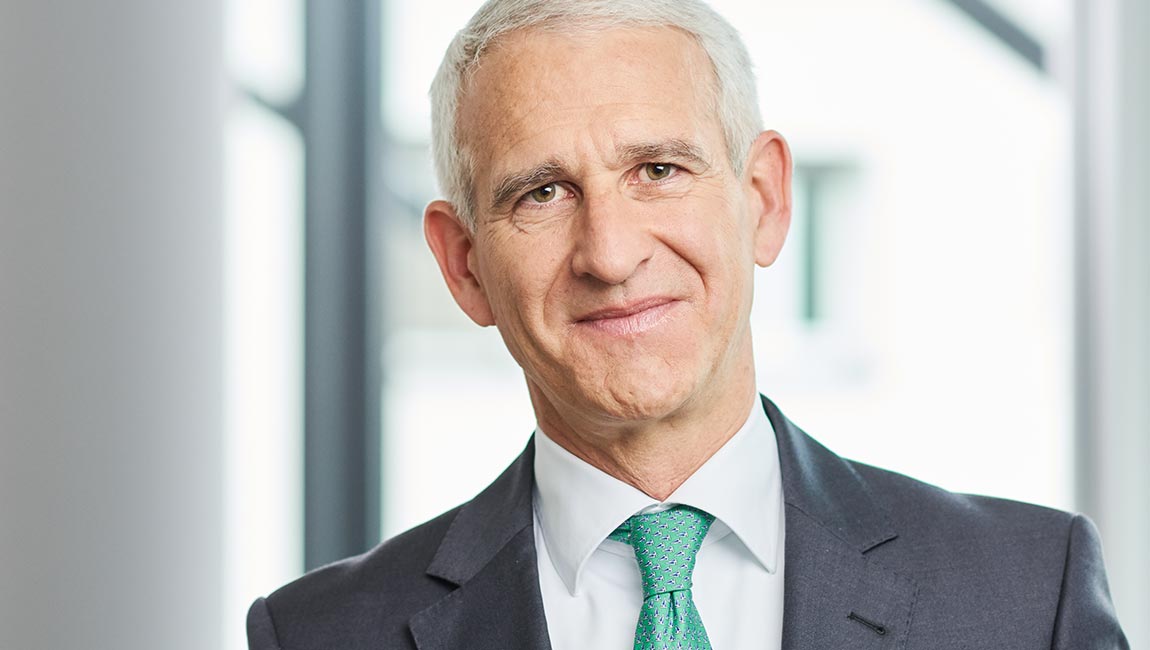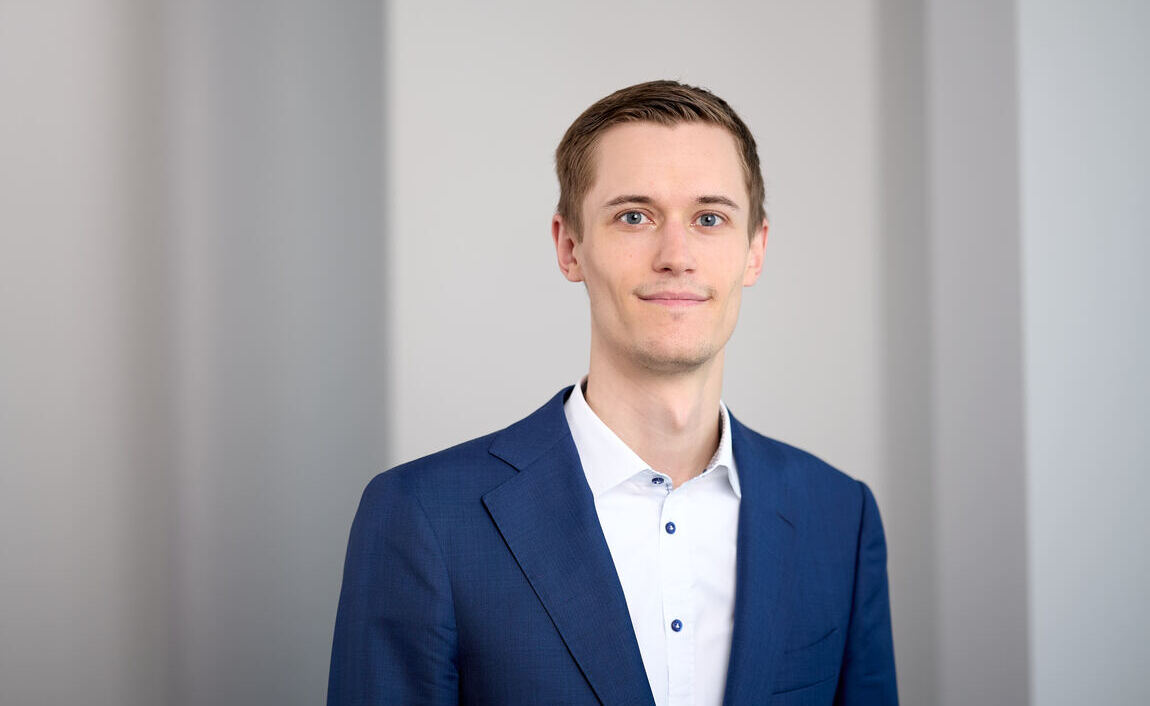HIDDEN PROFIT DISTRIBUTION WITH MERELY ACTUAL POSSIBILITY OF USE
The German Fiscal Court (BFH) recently dealt with the question of whether the mere actual “possibility of use” of a property is sufficient for the existence of a hidden profit distribution. In the opinion of the BFH, this is not the case. Rather, a transfer for private use or actual private use is required for the assumption of a hidden profit distribution.
I. General information
In the case of service relationships between corporations and their shareholders, there is a risk that these are not based on standard market conditions. For tax purposes, some or all of these non-arm’s length service relationships are not recognized; this results in a so-called hidden profit distribution.
The requirements for a material hidden profit distribution are (R 8.5 para. 1 Corporation Tax Guidelines (Körperschaftsteuer-Richtlinien, „KStR“)):
1. Prevented asset increase or a decrease in assets at the level of the corporation
2. Induced by the corporate relationship (“arm’s length comparison”)
3. No profit distribution resolution
4. Effects on the amount of the difference in accordance with section 4 para. 1 sentence 1 German Income Tax Act (Einkommensteuergesetz, “EStG”)
In addition to the material hidden profit distribution, a so-called formal hidden profit distribution can also occur in the relationship between the corporation and controlling shareholders. A shareholder who holds the majority of the voting rights in the corporation is generally deemed to be a controlling shareholder (H 8.5/III. “Controlling shareholder” German Corporation Tax Information (Körperschaftsteuer-Hinweise, “KStH”). If the relationship between the corporation and the controlling shareholder lacks an agreement that is effective under civil law, clear, unambiguous and concluded in advance, a formal hidden profit distribution is given (R 8.5 para. 2 KStR).
The assumption of a hidden profit distribution leads to an off-balance sheet attribution at the level of the corporation (section 8 para. 3 sentence 2 German Corporation Tax Act (Körperschaftsteuergesetz, “KStG”), i.e. a income-increasing transaction. If, for example, a property is transferred to a shareholder for use free of charge (or at a reduced price), this results in an off-balance sheet attribution at the level of the corporation in the amount of the appropriate rent, as the transfer free of charge generally does not stand up to an arm’s length comparison.
At the level of the shareholder, the hidden profit distribution leads to capital gains (section 20 para. 1 no. 1 sentence 2 EStG) and is generally subject to capital gains tax / flat-rate withholding tax.
II. Mere actual possibility of use
In its ruling of 1 October 2024 (VIII R 4/21), the BFH had to decide whether a hidden profit distribution is to be assumed in the case of a merely actual possibility of using a Spanish property.
In the case in question, a Spanish corporation was the co-owner of a property in Spain. The shareholders of the corporation lived in this property up to and including 2007 and then moved their place of residence to Germany. Since then, the property has been vacant. Since moving to Germany, the shareholders have only occasionally used the property for a few days to prepare it for viewings regarding an upcoming sale and to monitor its condition. Apart from this, they have not spent any time in the Spanish property.
The question was whether the theoretical possibility of using the property was already sufficient to justify a hidden profit distribution. This is because the shareholders could have used the property, even if the corporation had not explicitly given it to them.
The BFH denies a hidden profit distribution in this case. Rather, in order to justify a hidden profit distribution, an actual benefit of use is required, which cannot be seen in a mere possibility of use. Otherwise, corporations would have to prohibit their shareholders from using their assets as a precautionary measure in order to avoid a hidden profit distribution. However, a prohibition of use by a shareholder-managing director against himself would only be of limited probative value. Ultimately, a controlling shareholder- managing director would have to pay a usage fee to the company in order to avert the hidden profit distribution, even though private use does not actually take place.
Furthermore, the BFH differentiates between circumstances in which a hidden profit distribution may exist and the mere possibility of use. Accordingly
- the transfer of an asset for private use and
- the actual private use
lead to a hidden profit distribution.
It is therefore not always impossible for an opportunity to use an asset to qualify as a hidden profit distribution. If an asset is transferred to a shareholder for private use at non-arm’s length conditions, the shareholder derives an advantage from the mere possibility of use and the company has a corresponding “disadvantage”, which may also lie in the fact that it does not generate any other rental income, for example. It therefore depends on the specific circumstances as to whether a possibility of use is to be regarded as a hidden profit distribution.
For example, if the company gives a shareholder a car for private use free of charge, this is sufficient for a hidden profit distribution, regardless of whether the shareholder actually uses the car. However, this does not mean that the entire vehicle fleet of a company, which the shareholder could theoretically use, must be included in the calculation of a hidden profit distribution.
III. Conclusion
The extent to which the possibility of using assets leads to a hidden profit distribution depends on an assessment of all the circumstances of the specific individual case.
In the opinion of the BFH, the mere actual private use of a business asset of the corporation does not in itself lead to a hidden profit distribution for the shareholder, but only the actual transfer of the property (free of charge or at a reduced price) for private use or the actual private use without a usage agreement or contrary to a usage prohibition.
The BFH’s ruling is to be welcomed from the taxpayer’s point of view, as it prevents a rampant qualification of relationships between the company and shareholders as a hidden profit distribution. However, the tax authorities are very restrictive when it comes to private use and will require specific evidence of how such a property was used. As the ruling has not been officially published (NV decision), it will probably not be generally applied by the tax authorities, but is suitable for “defensive advice”.
We are here for you
For more information please contact
Dr. Thomas Grädler, LL.M. (Birmingham)
honert munich
Partner, Attorney-at-Law, Tax Advisor, Tax Lawyer
Succession Planning, Tax, Corporate, International Taxation, Business Law, M&A
| phone | +49 (89) 388 381 0 |
| [email protected] |
Dr. Hanspeter Maute
honert munich
Partner, Tax Advisor, Certified Accountant, Dipl.-Kfm.
Succession Planning, International Taxation, Tax
| phone | +49 (89) 388 381 0 |
| [email protected] |
Dr. Jochen Neumayer
honert munich
Partner, Attorney-at-Law, Tax Advisor, Tax Lawyer
Tax, Corporate, International Taxation, Succession Planning, M&A
| phone | +49 (89) 388 381 0 |
| [email protected] |
Moritz Zieglmeier
honert munich
Tax Advisor
Umstrukturierungen im Bereich des Konzernsteuerrechts, Nachfolgeplanung, steuerliches Verfahrensrecht
| phone | +49 (89) 388 381 0 |
| [email protected] |




